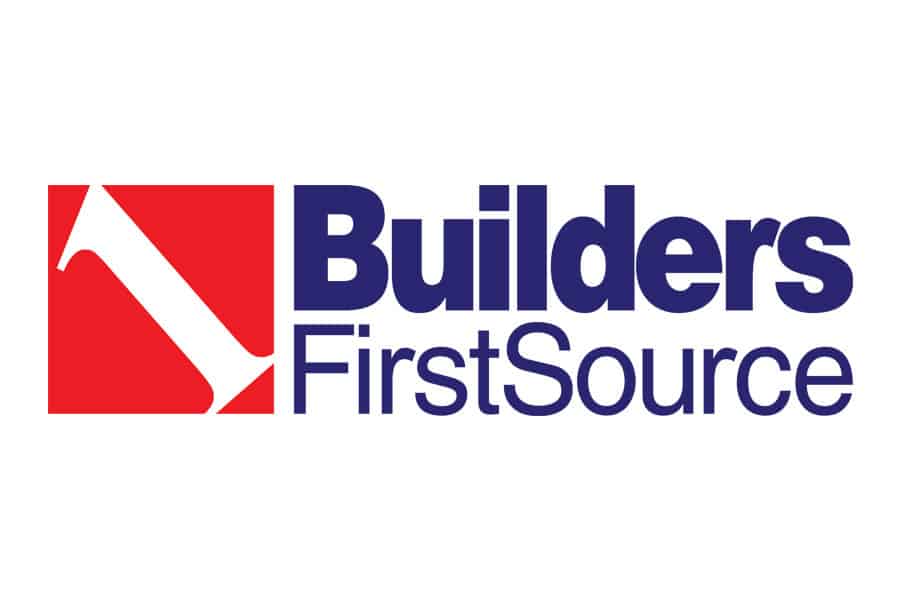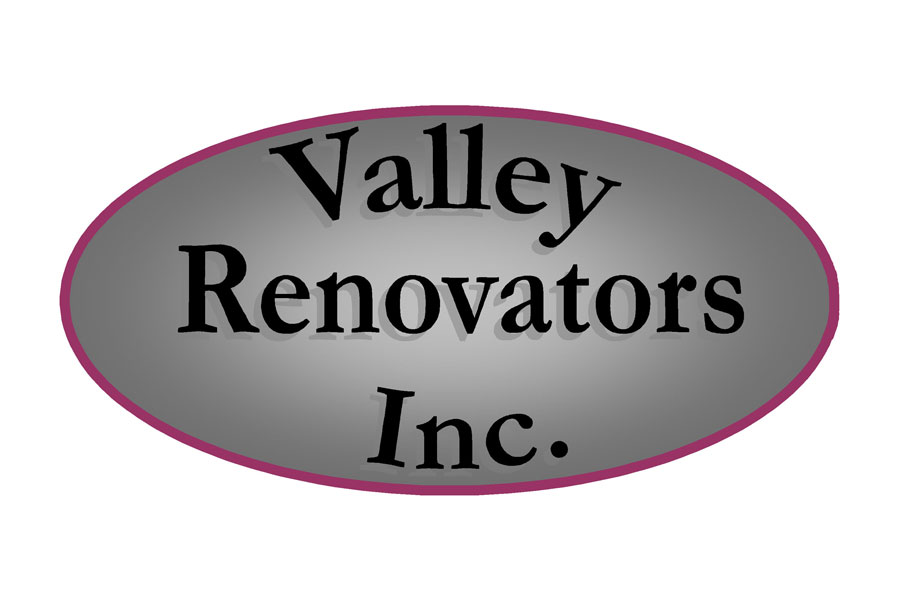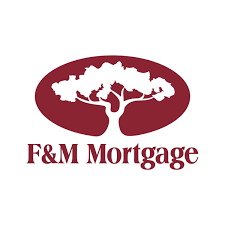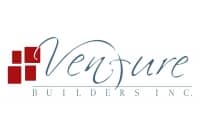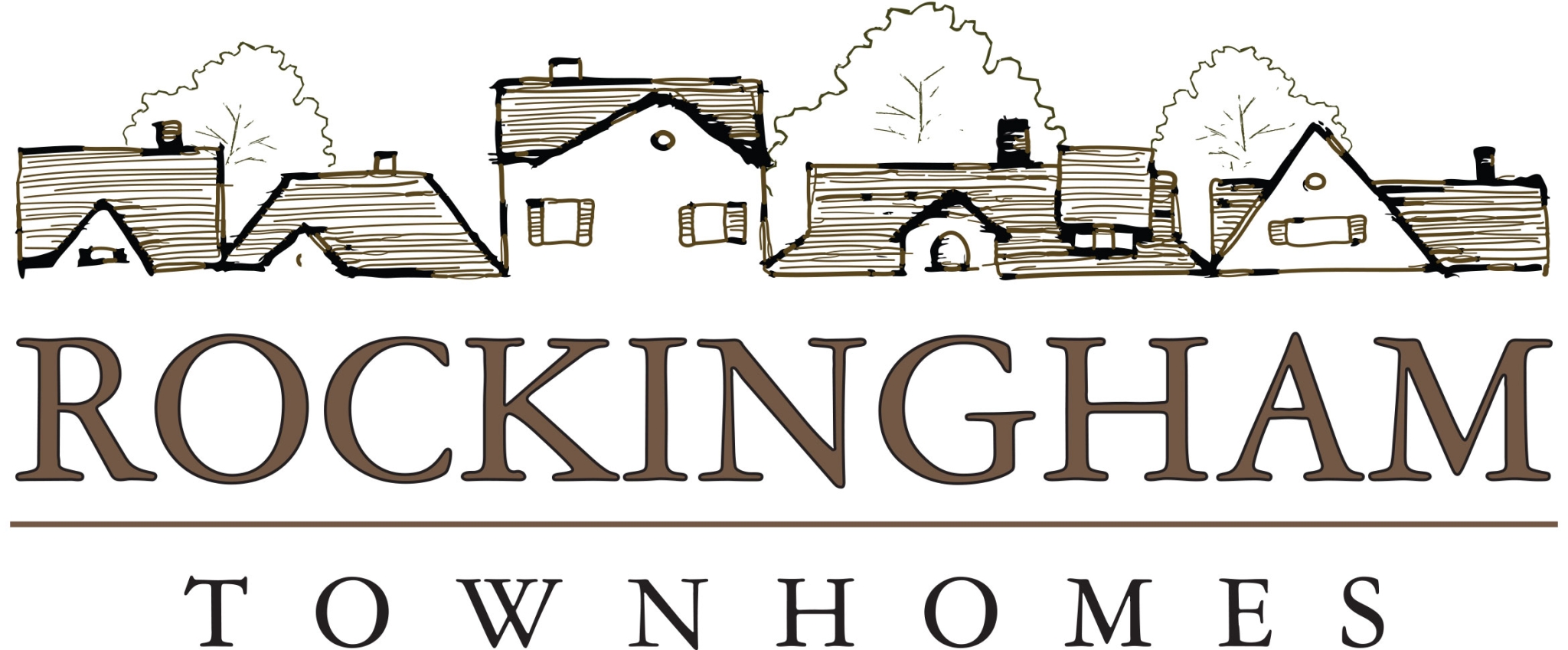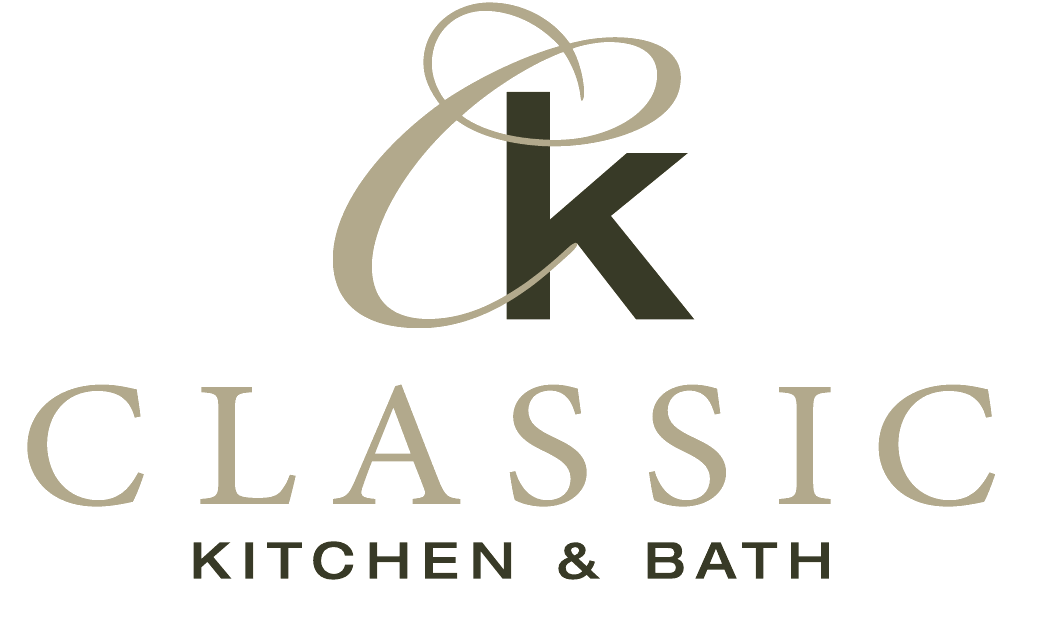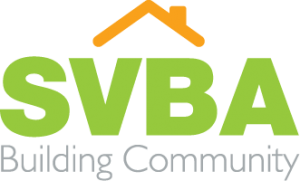HBAV Installed 2019 Officers
Richmond, VA — The Home Builders Association of Virginia (HBAV) installed its 2019 officers in a ceremony June 23, 2018 at The LaPlaya Beach and Golf Resort in Naples, Florida. Robert “Rob” J. Frogale of the Top of Virginia Building Association succeeds Shawn Callahan of the Roanoke
Regional Home Builders Association, Inc., as president. The Home Builders Association of Virginia is a statewide trade association that represents the interest of the home building industry before state and federal lawmakers and regulators. The organization has more than 3,400-member firms.
HBAV’s 2019 senior officers are:
 PRESIDENT – Robert J. Frogale has been elected to serve as HBAV President. He serves as President and co-owner of Annandale Millwork and Allied Systems Corporation in Winchester, VA. Frogale has been an active member of the Top of Virginia Builders Association, which is based in Winchester, VA, where he served as president in 2016; he has served as Associate Vice President and served as Membership Chairman from 2012-2015. He has served as a 2016 HBAV Regional Vice President. Frogale served as the 2018 Chairman of the Membership Committee.
PRESIDENT – Robert J. Frogale has been elected to serve as HBAV President. He serves as President and co-owner of Annandale Millwork and Allied Systems Corporation in Winchester, VA. Frogale has been an active member of the Top of Virginia Builders Association, which is based in Winchester, VA, where he served as president in 2016; he has served as Associate Vice President and served as Membership Chairman from 2012-2015. He has served as a 2016 HBAV Regional Vice President. Frogale served as the 2018 Chairman of the Membership Committee.
 FIRST VICE PRESIDENT/TREASURER – Daniel T. Sandoval has been elected to serve as HBAV First Vice President/Treasurer. As President and Owner of Republic Home Builders based in Fredericksburg Virginia, Sandoval currently serves on the Board of Directors of the Fredericksburg Area Builders Association (FABA). He was FABA PAC Chairman. He served as President of FABA in 2015 and was named the Fredericksburg Area Builder of the Year in 2013. Sandoval has been a dedicated member of the association and has served on various committees at FABA for 16 years, including chairman of the Membership, Parade of Homes, and Legislative committees. Sandoval served the past three years as HBAV Regional Vice President, Second Vice President and has been a member of the HBAV Legislative Committee for four years. His enduring commitment to the association earned him the 2016 FABA President’s Award.
FIRST VICE PRESIDENT/TREASURER – Daniel T. Sandoval has been elected to serve as HBAV First Vice President/Treasurer. As President and Owner of Republic Home Builders based in Fredericksburg Virginia, Sandoval currently serves on the Board of Directors of the Fredericksburg Area Builders Association (FABA). He was FABA PAC Chairman. He served as President of FABA in 2015 and was named the Fredericksburg Area Builder of the Year in 2013. Sandoval has been a dedicated member of the association and has served on various committees at FABA for 16 years, including chairman of the Membership, Parade of Homes, and Legislative committees. Sandoval served the past three years as HBAV Regional Vice President, Second Vice President and has been a member of the HBAV Legislative Committee for four years. His enduring commitment to the association earned him the 2016 FABA President’s Award.
 SECOND VICE PRESIDENT – David O. Owen has been elected to serve as HBAV Second Vice President. As President of Boone Homes in Richmond. David is a past President for the Home Building Association of Richmond (HBAR) and he Currently serves as HBAR’s PAC Chairman. David was named HBAV’s “Builder of the Year” in 2016. David and he has served as HBAV’s Legislative Chairman for the past four years.
SECOND VICE PRESIDENT – David O. Owen has been elected to serve as HBAV Second Vice President. As President of Boone Homes in Richmond. David is a past President for the Home Building Association of Richmond (HBAR) and he Currently serves as HBAR’s PAC Chairman. David was named HBAV’s “Builder of the Year” in 2016. David and he has served as HBAV’s Legislative Chairman for the past four years.
 ASSOCIATE VICE PRESIDENT/SECRETARY – Skip Eastman has been elected to serve as HBAV Associate Vice President/Secretary. He will serve as Vice Chairman of the Associate Members Committee. He is currently serving on the board of Southside Home Builders and is a member if several other local home building associations. He is a Territory Manager for, Trus Joist a Weyerhaeuser business.
ASSOCIATE VICE PRESIDENT/SECRETARY – Skip Eastman has been elected to serve as HBAV Associate Vice President/Secretary. He will serve as Vice Chairman of the Associate Members Committee. He is currently serving on the board of Southside Home Builders and is a member if several other local home building associations. He is a Territory Manager for, Trus Joist a Weyerhaeuser business.
 ASSOCIATE VICE PRESIDENT – Ralph L. “Tripp” Costen, III has been elected to serve as HBAV Associate Vice President. He is a member and current trustee of the Home Builders Association of Richmond (HBAR). He is also a former two term member of the Executive Committee on the Board of Directors for HBAR. He was a 2017 Mayo recipient. He currently serves as the 3 rd generation President of Costen Floors, Inc.
ASSOCIATE VICE PRESIDENT – Ralph L. “Tripp” Costen, III has been elected to serve as HBAV Associate Vice President. He is a member and current trustee of the Home Builders Association of Richmond (HBAR). He is also a former two term member of the Executive Committee on the Board of Directors for HBAR. He was a 2017 Mayo recipient. He currently serves as the 3 rd generation President of Costen Floors, Inc.
Also installed were the seven regional vice presidents:
REGION I VICE PRESIDENT – Cat White (New River Valley) of Tyris Homes has been elected to serve as Region I vice president. He will represent the New River Valley Home Builders Association, the Roanoke Regional Home Builders Association, Inc., and the Home Builders
Association of Central Virginia.
REGION II VICE PRESIDENT – Jill McGlaughlin (Shenandoah Valley) has been elected to serve as Region II vice president. She will represent the Shenandoah Valley Builders Association and the Augusta Home Builders Association.
REGION III VICE PRESIDENT – Robin Newhouse (Blue Ridge) of Dominion Energy has been elected Region III vice president. She will represent the Blue Ridge Home Builders Association and the Piedmont Virginia Building Industry Association.
REGION IV VICE PRESIDENT – Mike Perry (Top of Virginia) of Perry Engineering has been elected Region IV vice president. He will represent the Northern Virginia Building Industry Association and the Top of Virginia Building Association.
REGION V VICE PRESIDENT – Mitchell Bode (Richmond) of Premier Insurance Agency, Ltd.,
has been elected Region V vice president. She will represent the Home Builders Association of Southside Virginia and the Home Building Association of Richmond.
REGION VI VICE PRESIDENT – Drew Ransone (Rappahannock) of Chesapeake Tree Services, LLC has been elected Region VI vice president. He will represent the Home Builders Association of Rappahannock and the Fredericksburg Area Builders Association.
REGION VII VICE PRESIDENT – Ricky Edgerton (Peninsula) of Edgerton Contracting, Inc. has been elected Region VII vice president. He will represent the Peninsula Housing & Builders Association and the Tidewater Builders Association.
AWARDS:
BUILDER OF THE YEAR – John C. Napolitano (Tidewater) of Napolitano Homes, of Virginia Beach, VA was selected as the 2018 Home Builders Association of Virginia “Builder of the Year.” This award is bestowed annually to the HBAV builder member who has offered exceptional service
and dedication to the state association.
ASSOCIATE OF THE YEAR – Jeanie T. Bode (Richmond) of Union First Bank of Henrico, VA was selected as the 2018 Home Builders Association of Virginia “Associate of the Year.” This award is presented annually to an associate member, as an individual or company, which has shown outstanding efforts at the state level of the home builders association.
EXECUTIVE OFFICER OF THE YEAR – Maria Moore (Fredericksburg) of the Fredericksburg Area Builders Association was selected as the 2018 Home Builders Association of Virginia “Executive Officer of the Year”. This award is bestowed annually to the Local HBA Executive Officer who has offered exceptional service and dedication to the local and state associations.
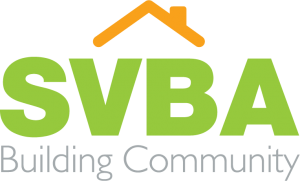
 Do you and your family have fun in your yard — or is it just unused space that means you have a long list of chores every weekend?
Do you and your family have fun in your yard — or is it just unused space that means you have a long list of chores every weekend?
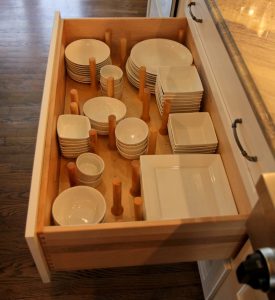 in remodeling:
in remodeling: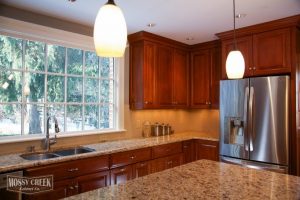 the eye most, so make it a statement piece. Homeowners are picking out more intricate designs in countertops with more pattern and natural stone like veining. While using a natural stone like granite, soapstone or marble is always in vogue, we are seeing more and more clients lean towards quartz. Quartz is an engineered countertop made out of 95% ground natural quartz and 5% polymer resins, which makes quartz super hard and low maintenance. Quartz not only gives you the look of natural stone, it also has a wide array of colors and patterns to choose from which makes it a more popular choice to make a statement.
the eye most, so make it a statement piece. Homeowners are picking out more intricate designs in countertops with more pattern and natural stone like veining. While using a natural stone like granite, soapstone or marble is always in vogue, we are seeing more and more clients lean towards quartz. Quartz is an engineered countertop made out of 95% ground natural quartz and 5% polymer resins, which makes quartz super hard and low maintenance. Quartz not only gives you the look of natural stone, it also has a wide array of colors and patterns to choose from which makes it a more popular choice to make a statement.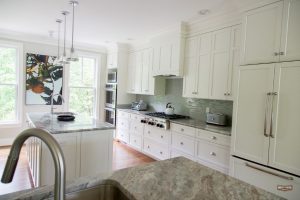 pull it up on your phone. Convenience is vital when doing any home renovation, especially in the kitchen. Adding items such as a touchless motion sense faucet and smudge-proof stainless steel appliances will help will add ease to your day.
pull it up on your phone. Convenience is vital when doing any home renovation, especially in the kitchen. Adding items such as a touchless motion sense faucet and smudge-proof stainless steel appliances will help will add ease to your day.

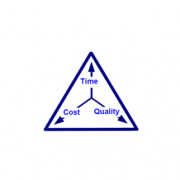

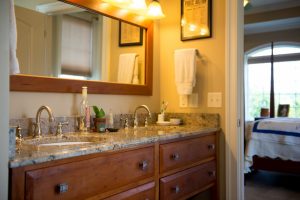
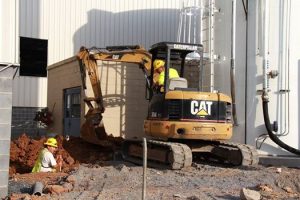
 The reality is depending on the project dynamics I could probably draft several hundred questions to consider but the most important aspect is that the team that you are working with either as an owner, as a prime contractor or as a sub-contractor is well organized in answering and addressing all of these questions above and more. If someone is not asking and engaging you in these types of questions then that should raise caution!
The reality is depending on the project dynamics I could probably draft several hundred questions to consider but the most important aspect is that the team that you are working with either as an owner, as a prime contractor or as a sub-contractor is well organized in answering and addressing all of these questions above and more. If someone is not asking and engaging you in these types of questions then that should raise caution!